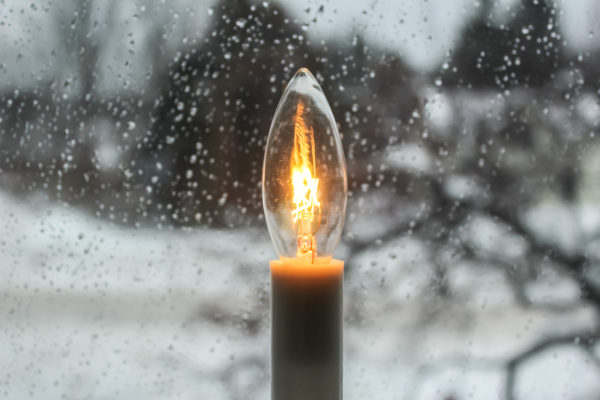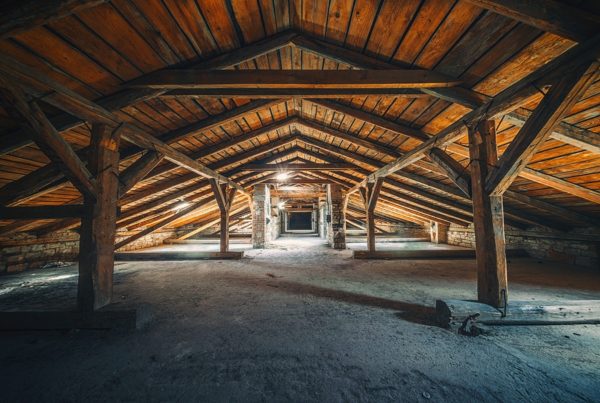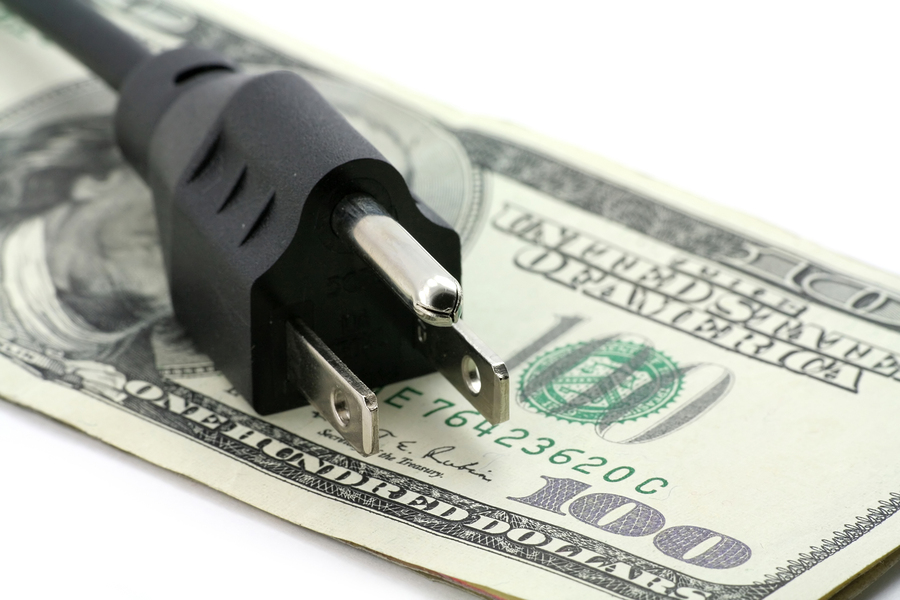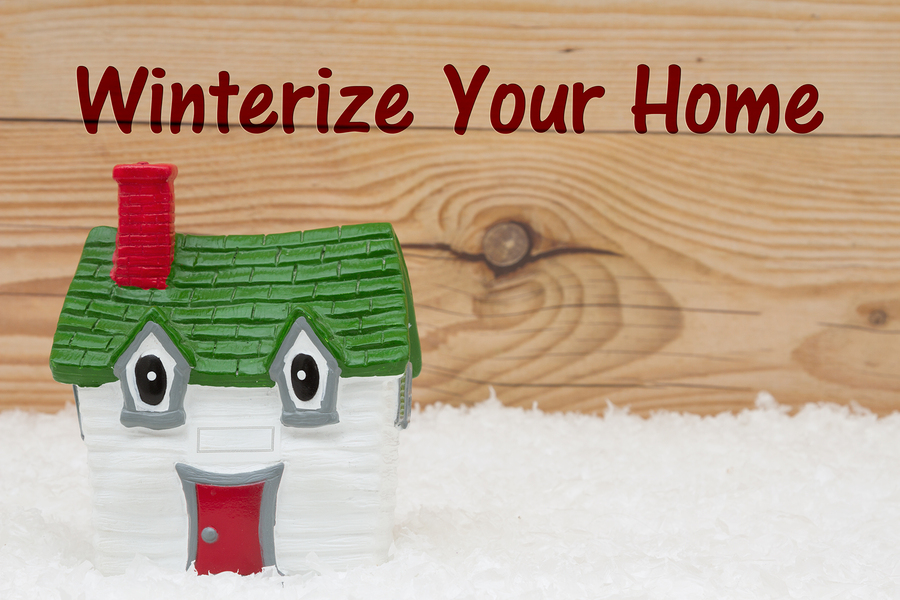READY TO GET STARTED?
REQUEST A FREE ESTIMATE
Fill out the form below or call (888) 466-7849 for a free, no-obligation estimate.

Although winter is still a few weeks away, it’s never too early to start preparing for cold weather. With cooler temps usually comes those dreaded high energy bills. Whether you’re looking to go greener at home or just save a little extra green in your wallet, there are lots of things you can do to save energy and cut down on the cost of your home energy bills. Check out these 13 tips to not only save energy, but save money and stay comfortable in the cold winter weather.

The leaves are changing colors and there’s a chill in the air. Finally! A break from the heat. And while most of us are looking forward to the cooler weather, the change in temperature also means changes in your home. As the weather cools off, it becomes more difficult to regulate your household temperature. And as your heating and cooling system works harder to control the temperature, the increased usage translates into increased utility bills. The is also prime time for wildlife and pests to seek shelter and food inside your home!
Thermal Accoustical Pest Control insulation (TAP) is energy star-rated attic insulation made of 87% recycled newsprint. TAP insulation helps regulate the temperature in your home by keeping them consistent throughout all four seasons of the year. For example, TAP keeps warm air inside and cold air outside during the winter months. By reducing the energy needed to heat and cool your home, utility bills costs can be lowered by up to 30%!
As an added bonus, TAP is treated with borates – a natural pest control product, providing permanent pest protection against roaches, ants and other unwelcome pests in your home. TAP insulation is also treated with a flame retardant that helps limit the spread of fire.
Install TAP insulation in your attic to get these benefits, not only this winter but throughout the rest of the year:

Your electric bills are probably at an all-time high right now. It’s hot, the A/C is running all day, and energy costs are on the rise. Here are a few tips on how to save some money this summer and in the upcoming winter months, by lowering utility bills and improving energy efficiency, making your home more comfortable:
Most homes don’t have enough insulation. Adding insulation to your home provides an immediate return on your investment by reducing the amount of energy needed to heat and cool your home. Some products, like TAP Insulation, can even lower utility bills by up to 30% and has the added benefit of pest protection!
Keeping cool air in during the summer and warm air during the winter increases the efficiency of your HVAC system and makes your home more comfortable (and keeps pests out!). Check around doors and windows for gaps and install weatherstripping to correct any issues.
Using less light powered by electricity is an easy way to cut utility costs. Consider installing dimmer switches in the areas of your home you spend the most time, and turn the lights on a low setting to conserve energy.
While ceiling fans use electricity, the benefits of air circulation outweigh the electric usage. Run ceiling fans consistently to keep air distributed evenly throughout your home, making your HVAC system run more efficiently.
One of the best ways to increase energy efficiency is by completely closing off your crawlspace with a service like Complete CrawlSpace. This could save you up to 18% on utility bills and offers other home-healthy benefits like mold growth prevention and pest control.
While most of us love a lot of natural light coming into our homes, that sunlight heats up the house and makes HVAC systems work extra hard to keep it cool. During sunniest hours (12-4 ) keep curtains closed to cover windows or consider installing shutters, blinds or shades to help cut down on sunlight exposure.
A lot of people forget to change their filter regularly which increases utility costs. Change your filter out about every 30 days to keep your HVAC system running efficiently.
While this will cost more out of pocket initially, the long term savings on energy bills will be worth the investment. Energy Star-rated appliances perform more efficiently, using less energy to perform the same functions as your old appliances. And you can always upgrade one at a time to spread the cost out over time!
When washing clothes or other laundry, use cold water cycles when possible and only wash full loads. If you’re using the dryer, make sure you clean the lint trap after every load; this maximizes your dryer’s efficiency so it doesn’t have to work as hard or long to dry laundry. It’s also a good idea to scrub the lint trap with soap water once every month or so to remove lint build-up. For even more energy savings, take advantage of the warm air outside and line dry your laundry instead of running the dryer.
Electronics in your home are using power (and increasing your utility bills!) even when they’re not being used. To avoid this, replace power strips with surge protectors that automatically turn off power to electronics or devices not in use.

Winter can be harsh on our homes and our wallets. It can be a struggle to keep warm air inside, making us cold and driving heating costs up. But you don’t have to be cold OR empty your pockets this winter with these home winterization tips.
Keeping your heating and air system maintained with regular HVAC tune-ups will ensure your unit is running at maximum efficiency, making your home warmer and your bills lower. Regular maintenance will also extend the life of your HVAC system! This includes cleaning and/or replacing filters, checking thermostats, and checking/cleaning heating system components, all of which are usually included in an HVAC tune-up done by a heating and air company.
Most homes don’t have enough insulation which is needed to help your HVAC system run more efficiently, keep cold air out, warm air in, resulting in lower utility bills. Call an insulation company – most offer free inspections – to check your home’s insulation levels. Then you can decide what and where you need additional insulation and what kind will work best for your home. Consider a blown-in option, like TAP Insulation, which has the added benefit of permanent pest control.
Set your water heater’s temperature to 120 degrees or lower. This will save up to 10% on monthly water heating costs without you having to give up hot showers.
Don’t pay for unused heat by forgetting to lower the thermostat before you leave the house. To make this easy, consider installing a programmable thermostat.
Sealing gaps around your home is one of the easiest ways to keep warm air in, cold air out, prevent pests, and save money. Check around windows, doors, chimneys, and pipes for openings, gaps, and cracks, and repair as needed. For added protection, consider installing storm windows and doors.
Lower water heating costs and prevent pipes from freezing by insulating them. Check your local home improvement store for insulation options; most are easy to install yourself.

Winter can be harsh on our homes and our wallets. It can be a struggle to keep warm air inside, making us cold and driving heating costs up. But you don’t have to be cold OR empty your pockets this winter with these home winterization tips.
Keeping your heating and air system maintained with regular HVAC tune-ups will ensure your unit is running at maximum efficiency, making your home warmer and your bills lower. Regular maintenance will also extend the life of your HVAC system! This includes cleaning and/or replacing filters, checking thermostats, and checking/cleaning heating system components, all of which are usually included in an HVAC tune-up done by a heating and air company.
Most homes don’t have enough insulation which is needed to help your HVAC system run more efficiently, keep cold air out, warm air in, resulting in lower utility bills. Call an insulation company – most offer free inspections – to check your home’s insulation levels. Then you can decide what and where you need additional insulation and what kind will work best for your home. Consider a blown-in option, like TAP Insulation, which has the added benefit of permanent pest control.
Set your water heater’s temperature to 120 degrees or lower. This will save up to 10% on monthly water heating costs without you having to give up hot showers.
Don’t pay for unused heat by forgetting to lower the thermostat before you leave the house. To make this easy, consider installing a programmable thermostat.
Sealing gaps around your home is one of the easiest ways to keep warm air in, cold air out, prevent pests, and save money. Check around windows, doors, chimneys, and pipes for openings, gaps, and cracks, and repair as needed. For added protection, consider installing storm windows and doors.
Lower water heating costs and prevent pipes from freezing by insulating them. Check your local home improvement store for insulation options; most are easy to install yourself.